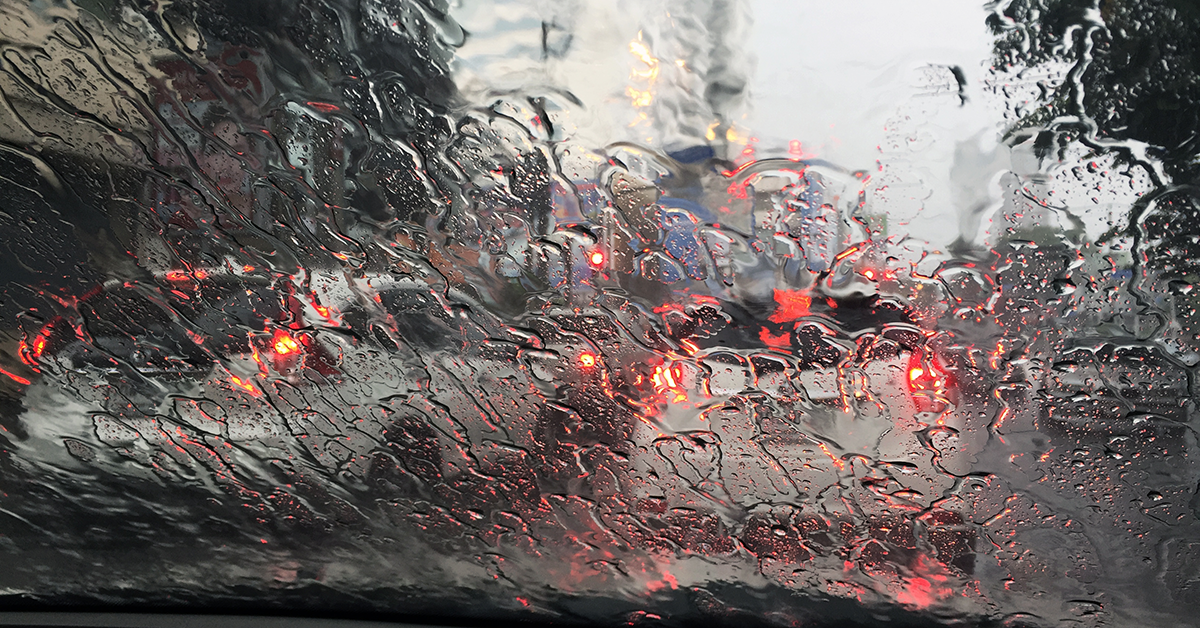Vehicle Safety Systems Impacted By Conditions
Vehicle Safety Systems Impacted By Conditions

Vehicle safety systems can assist drivers, but they are no substitute for attentive driving. That's especially true when driving conditions deteriorate.
New research from AAA finds that moderate to heavy rain affects a vehicle safety system’s ability to “see”, which may result in performance issues. During closed course testing, AAA simulated rainfall and found that test vehicles equipped with automatic emergency braking traveling at 35 mph collided with a stopped vehicle one third (33%) of the time. Lane keeping assistance didn’t fare any better with test vehicles departing their lane 69% of the time.
A Helpful Aid but Not a Replacement for an Engaged Driver
Previous AAA testing of vehicle safety systems in both closed-course and real-world settings show that performance is greatly impacted by driving scenarios, road conditions and vehicle design, finding issues like the following:
- Struggling to stay within in a marked lane in moderate traffic, on curved roadways, and on streets with busy intersections
- Failing to stop for pedestrians in common scenarios like crossing in front of a vehicle, a child darting out between two parked vehicles, or walking at night
- Colliding with a simulated disabled vehicle and instances of coming too close to other vehicles or guardrails
Optimizing Use of Vehicle Safety Systems
It’s essential for drivers to be familiar with how their system operates. AAA urges drivers to take time to read the vehicle owner’s manual to learn when, where and how to use them. The vehicle owner’s manual or online materials provided by the automaker are the best resource for understanding the ins and outs of an individual vehicle’s safety system. It will give clear guidance on when and where the system operates best, as well as how to use it properly.
AAA recommends using extra caution in slick conditions by doing the following:
- Keep windshield clean and ensure that wipers are not streaking the windshield.
- Slow down and avoid hard braking and sharp turning. If possible, follow in the tracks of other vehicles.
- Increase following distance to 5-6 seconds behind the vehicle ahead.
- Do not use cruise control, stay alert to respond quickly if the car’s tires lose traction with the road.
- If the car begins to hydroplane, ease off the accelerator to gradually decrease speed until the tires regain traction, and continue to look and steer where you want to go. Don’t jam on the brakes—this can cause further traction loss.
AAA’s research continues to show that vehicle safety system performance varies widely, reinforcing that they are not a replacement for a fully engaged driver.
“AAA recognizes these systems have the ability to lessen the chance of a crash and improve the overall safety of driving,” said Greg Brannon, AAA’s director of automotive engineering and industry relations. “Fine-tuning their performance and providing drivers with a more consistent experience will go a long way in unlocking their true potential.”
AAA's expert driver training instructors know how to train drivers for all road conditions. AAA Driver Training and Education offers training options for all ages and experience levels.












